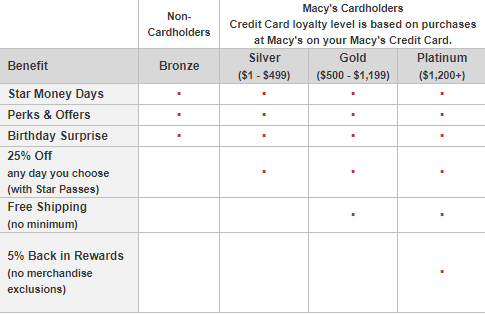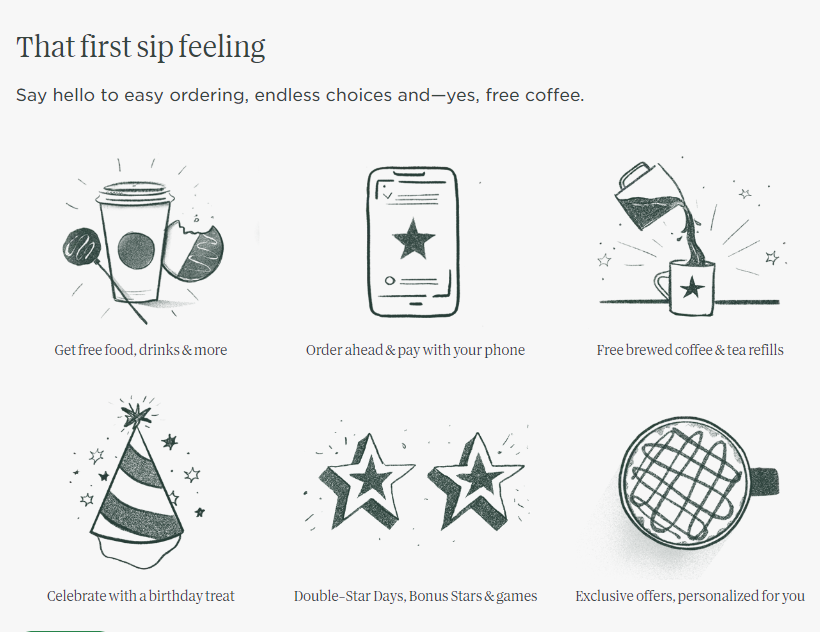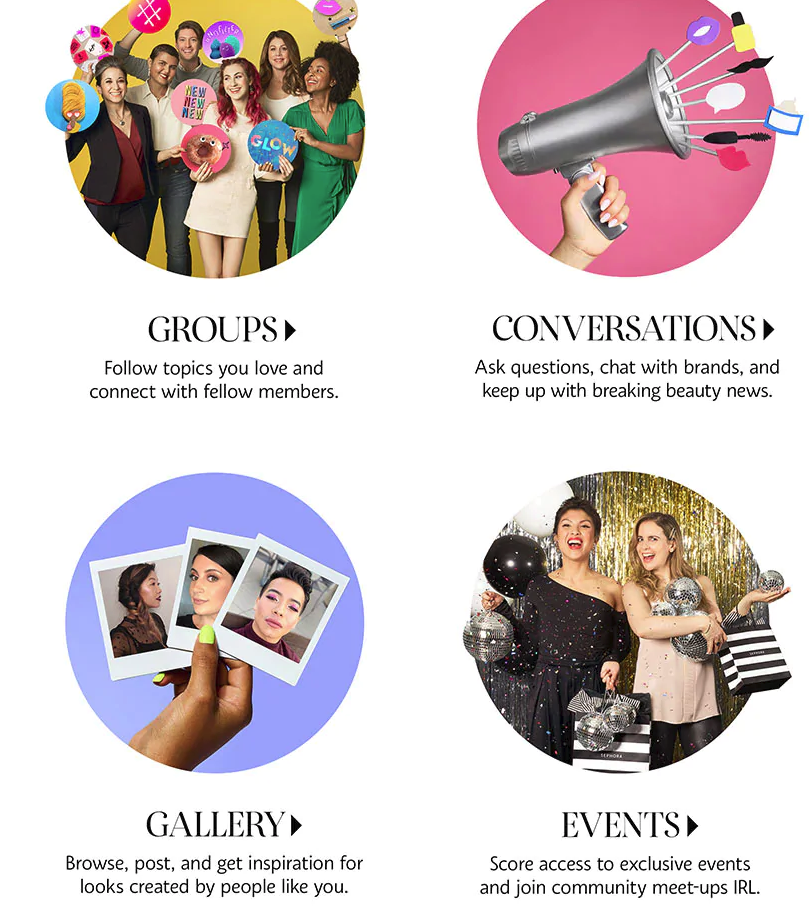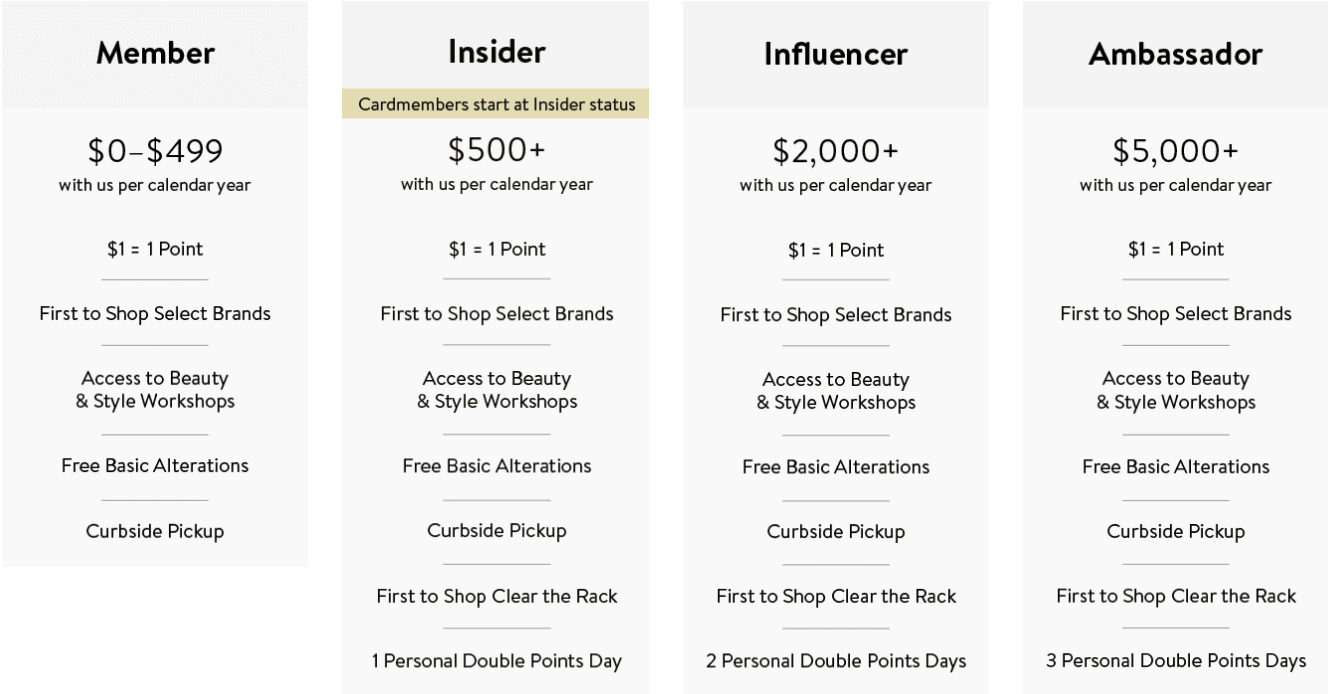Rewards Fuel Retention
Loyalty programs are widely prevalent in the retail sector for a good reason – it is much easier to sell to an existing customer than it is to acquire a new one. Many studies have shown that it is anywhere between 5 and 25 times more difficult to retain a customer than to acquire a new one. Meanwhile, loyal customers (also known as most valuable buyers) contribute 80% of a business’ total profit – while only making up 20% of total customers. Therefore, inciting brand loyalty is an extremely important objective that pays great dividends. Of course, designing a loyalty program – also known as reward programs – is no small undertaking. While a good loyalty program can stimulate sales, a poorly executed one can diminish revenue and disenfranchise customers. The following are five of the best examples of retailers with efficient, well-executed loyalty programs.1. Neiman Marcus
Neiman Marcus’ Incircle rewards program is both sophisticated and intelligently structured. It consists of a hierarchical, set of “circles” (or tiers) that customers can access based upon their level of annual spend. Each circle comes with their own extended set of privileges, such as member-only events. There are also three circles higher than the ones listed – Circle Six, President’s Circle, and Chairman’s circle. The latter (for annual spenders of $600,000 or more) includes in-store dining, local courier delivery, and salon services – which truly goes above and beyond the typical department store experience.
At its higher levels, Neiman Marcus’ loyalty program goes beyond just saving money. It gives customers emotional feelings like recognition, exclusivity, and a sense of being part of a larger group – almost like a family.
Each circle comes with their own extended set of privileges, such as member-only events. There are also three circles higher than the ones listed – Circle Six, President’s Circle, and Chairman’s circle. The latter (for annual spenders of $600,000 or more) includes in-store dining, local courier delivery, and salon services – which truly goes above and beyond the typical department store experience.
At its higher levels, Neiman Marcus’ loyalty program goes beyond just saving money. It gives customers emotional feelings like recognition, exclusivity, and a sense of being part of a larger group – almost like a family.
2. Macy’s
In addition to offering discounts, free shipping, and cash back for members with a special credit card (Silver, Gold, and Platinum), Macy’s just last year offered a “Bronze” membership for all customers – regardless of the payment method. This was a savvy move by the company, since average customers who are not willing (or able) to apply for a separate card are still eligible for special offers (including personalized birthday surprises). In addition, they gain incentive to shop on specified sale dates – also known as “Star Money Days.”
This was a savvy move by the company, since average customers who are not willing (or able) to apply for a separate card are still eligible for special offers (including personalized birthday surprises). In addition, they gain incentive to shop on specified sale dates – also known as “Star Money Days.”
3. Starbucks
Starbucks’ customer rewards program is particularly innovative due to its innate connection to their mobile app. This makes the program especially easy to use for customers, who do not have to worry about carrying around and possibly losing a card or signing into an account every time. The program’s design also works in Starbucks’ favor as well. Since buyers are required to order or pay with the app itself, the company is afforded with a wealth of actionable, centralized customer data all from the same source. From there, they can ingest individual customer’s order preferences, which locations they frequent, and the times of days or seasons that they purchase the most. This opens the door for more personalized, timely, and relevant customer interactions and promotional offers.
4. Sephora
Sephora has a wide-ranging, elaborate, point-driven, tiered loyalty program named Beauty Insider that provides scores of customer benefits. What sets Sephora’s program apart from most others is that it creates a community in which people can create a dialogue, interact with each other, receive inspiration, offer recommendations, and even meet up at sponsored events featuring special services and beauty classes.
What sets Sephora’s program apart from most others is that it creates a community in which people can create a dialogue, interact with each other, receive inspiration, offer recommendations, and even meet up at sponsored events featuring special services and beauty classes.
 With such a wide-ranging platform in place, Sephora is able to create an immersive, interactive customer experience that provides them with loads of buyer information that can help drive further product expansion based upon what their customers are actually talking about.
With such a wide-ranging platform in place, Sephora is able to create an immersive, interactive customer experience that provides them with loads of buyer information that can help drive further product expansion based upon what their customers are actually talking about.
5. Nordstrom
Nordstrom is another example of a top of the line loyalty program that provides a variety of exclusive customer benefits that keeps them in the loop. Cardmembers and members can enjoy priority access to special sales (including their July Anniversary Sale), be the first to shop select brands, access to curbside pickup, and free alterations on clothing. Certain members can also attend beauty and style workshops, as well as preferential access to invite-only events.
Conclusion
Any successful loyalty program takes careful time to calculate which types of rewards work best with their customer base, while also deciding which segments to target and how. To do so in your own business, start by asking the following questions:- How much are these customers worth to your brand?
- How often do they purchase the category of merchandise you are selling?
- What types of rewards make the most sense for your base?
- How will you manage any potential liabilities associated with this program?





